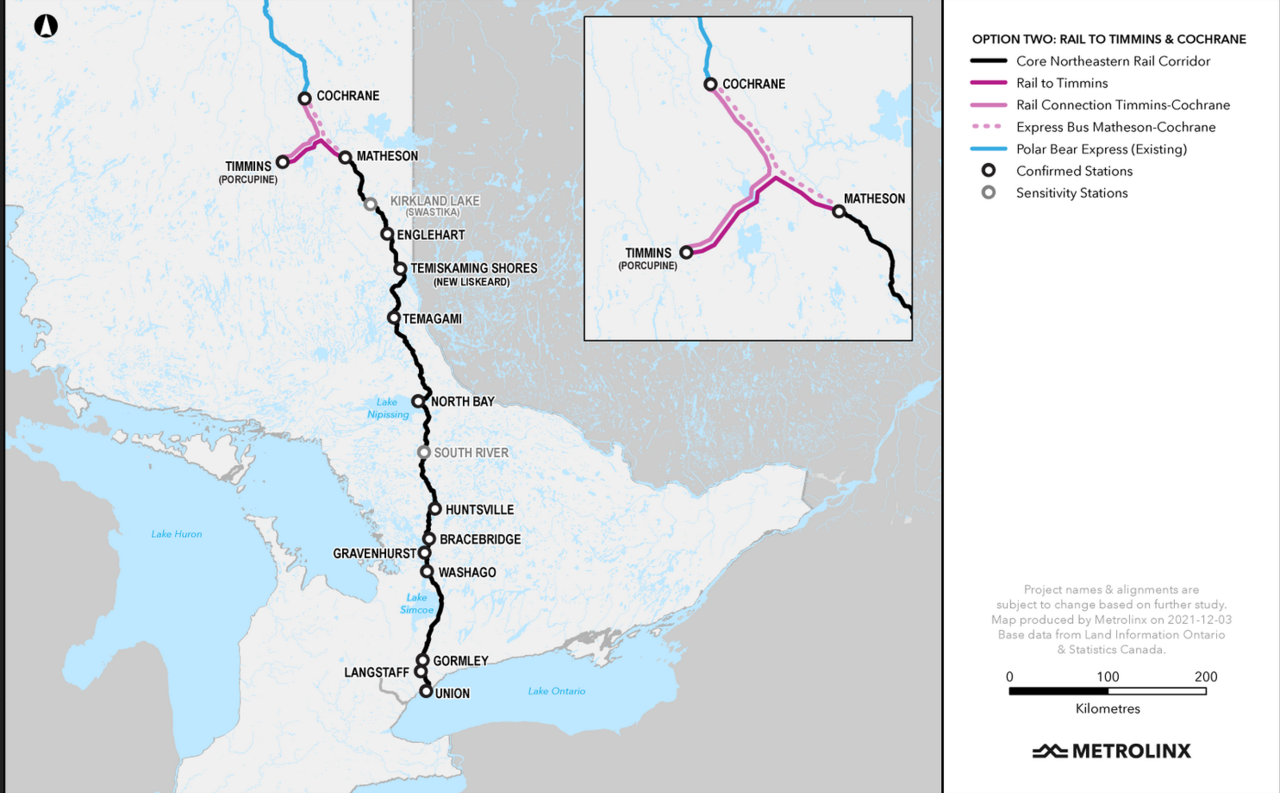ShonTron
Moderator
Member Bio
- Joined
- Apr 24, 2007
- Messages
- 12,404
- Reaction score
- 9,059
- Location
- Ward 13 - Toronto Centre
In which I explain why I am not bullish on the return of the Northlander.

 seanmarshall.ca
seanmarshall.ca

The train is returning to Timmins (sort of)
The last train left Timmins Station in 1990. Today, it serves as a bus terminal for local and Ontario Northland buses Northeastern Ontario got an early Christmas gift from the provincial government…
 seanmarshall.ca
seanmarshall.ca




